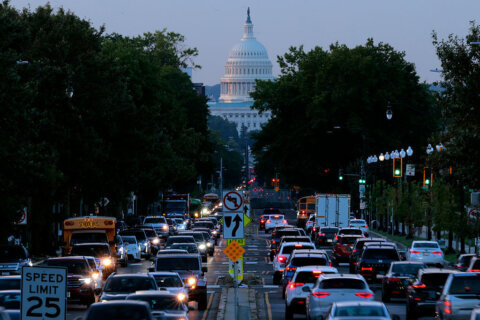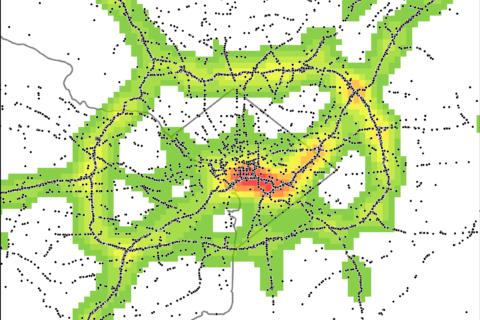Once upon a time and a time long ago, the getaway for D.C.-area drivers happened on the Friday before the holiday weekend.
Then people started time-shifting, vowing never to be caught in the sudden crush of vacation traffic. The rush to the beach or mountains began earlier a few days before that Friday. In the case of Thanksgiving, it started the Friday before that Thursday.
Beginning some 10 years ago, awareness of current traffic conditions increased through smartphone apps. Modeling and depiction of traffic thanks to smartphones improved the public’s ability to comprehend where and when traffic was likely to be bad. Travel habits and routines further evolved.
In the modern traffic era, armed with more technology, leave, telework and flexibility, a higher percentage of white-collar workers now hit the road a week or more before the holiday, further diluting the traditional getaway. Numbers from local departments of transportation last year showed that the highest trip counts on the Capital Beltway and Interstate 95 were recorded two Fridays before some of the annual holidays.
The getaway is no longer what it once was. Some highways will be congested Friday, but the phenomenon is different now, and the term conjures visions of something that ended a long time ago: the bygone burst of traffic a day before a long holiday weekend. The getaway is more diffuse than ever.
Nowadays, there are daily and weekly swells of traffic on I-95 and the Capital Beltway during the warm season, with less congestion early in the week and more on Thursdays and Fridays. Other factors, such as weather forecasts and gas prices, are known to play a role in overall highway demand.
On Fridays immediately before the holidays, the traffic on some highways is certainly heavier compared to other days of the year, but there is no longer a getaway day. By the time the traditional getaway day arrives, the majority of the getaway traffic is long gone.








